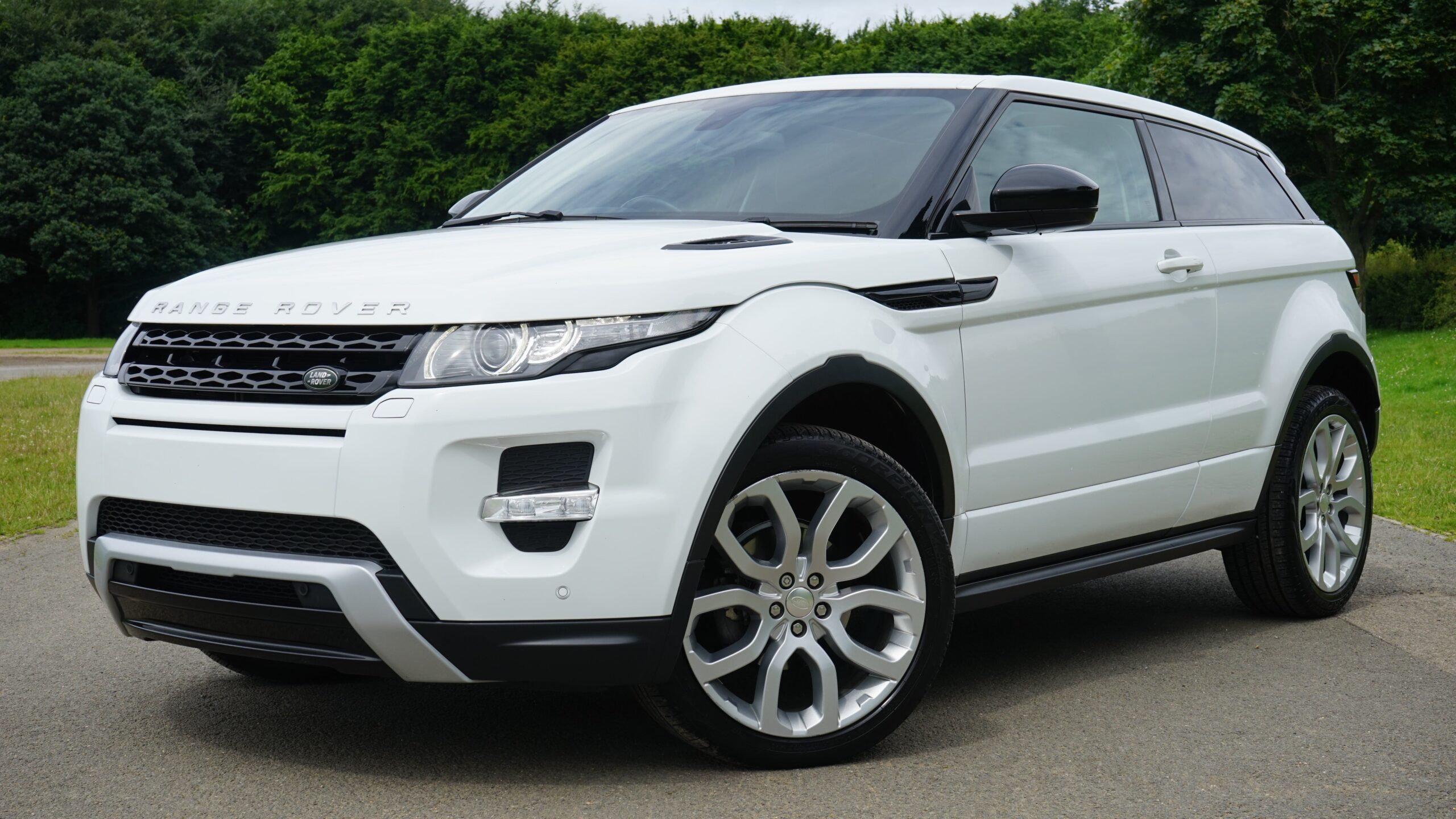Buying second-hand cars is one of the best ways to save on the cost of buying a car. It’s an especially good strategy if you are a new driver or need a reliable automobile without breaking the bank. However, before you visit that yard that sells used cars or go to an online auto auction site like CarsFromWest, you need to make sure you know how to inspect used cars. Carrying out a physical inspection, looking at the vehicle history report, or running a VIN check will ensure you get a car in good condition that will give you value for money. Let’s look at a few ways you can assess a used car to check for damages and get a general idea of its condition.
1. Look at the Interior
You will spend most of your time in the car in the cabin, so you will have to inspect it thoroughly. Ensure there is no sign of mold or any musty smells, as this could mean water leaks. Remember to also examine the carpet for wet spots. Look at the upholstery and seats and ensure they are not damaged. Go for the ignition and start the car, access the warning lights on the dashboard, and check if the heater and air conditioning work. Other things to check out include the radio and sound system. If all these things are in good condition, then it is safe to say the interior is perfect.
2. Check the Tires and Exhaust Pipe
You will also need to look at the wheels, including the spare one. The treads should be at least 5 mm on all wheels. If you notice that some of them are worn more than others, it could mean that there is a problem with wheel alignment. Check the exhaust pipe and make sure it does not emit black smoke or make noise. Noisy tailpipes mean that there is rust or a hole in the muffler, and such a replacement can cost up to $300.
3. Open the Bonnet
There are several things to look for here, the first one being the battery condition. Corrosion can be a real problem, so if there is acid corrosion on the battery, you may need to replace it to keep your car running smoothly. There also needs to be sufficient fluid levels, including wiper fluid, engine oil, and coolant. It is normal for engine oil to turn dark after some time; however, it should not look like sludge. Thick fluid could mean debris and, thus, inefficiency.
4. Conduct a Test Drive of the Car
The next step is to go for a test drive. After all, how will you be sure it runs well without giving it a test drive? During the drive, see how the steering behaves, especially along winding roads. Look at the swerves and sudden turns; they should be precise, stable, comfortable, and smooth.
There should also be no strange noises whenever you accelerate or slow down. The brakes should also be smooth and not sink into the floor. You could also go for it and brake softly and then abruptly to access the response time. Suspension tests are also important to see how stable the car feels when driving over potholes and bumps.
5. Inspect the Paint and License Plates
Paint on a used car could give you important information, like whether or not the car has been involved in accidents before going on sale. Inspect the exterior paint well, particularly in a well-lit environment or outside, to detect any areas where the paint does not match. Remember to look at the license plates at the back and front, as they must both be readable and free from rust.
Conclusion
Buying a used car gives you many options at affordable prices, but to get one that will serve your needs in the long run, you’ll need to do the checks we’ve mentioned. If you don’t know much about cars and what to look for, take a mechanic with you when visiting the yard.

